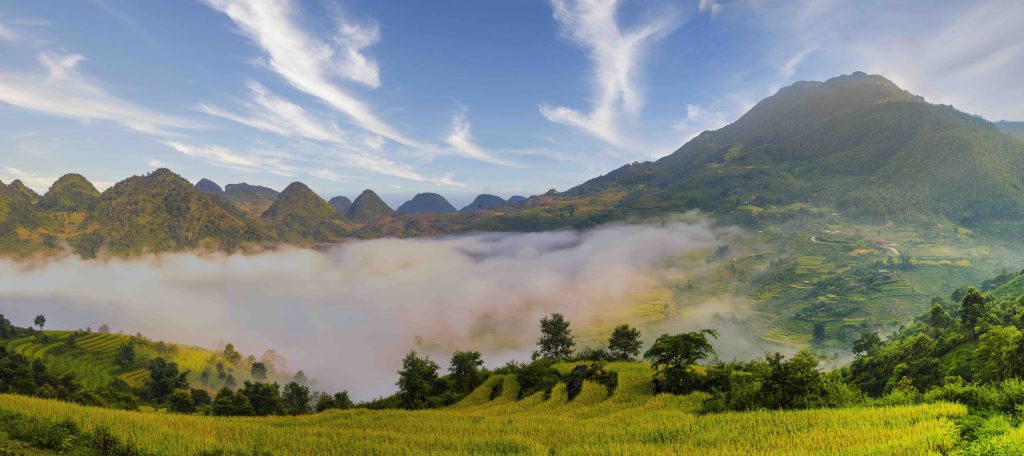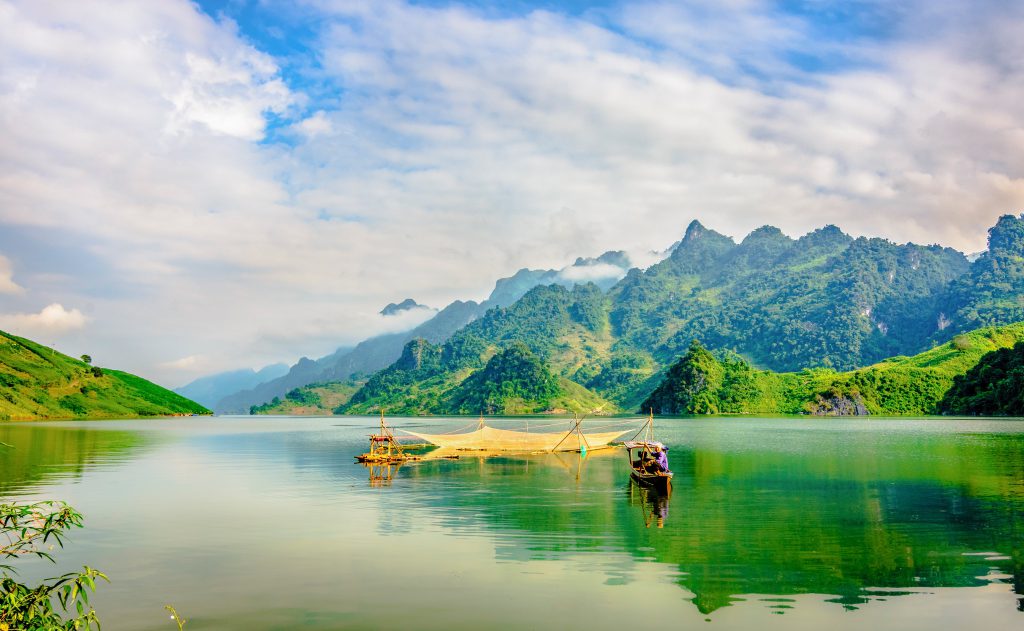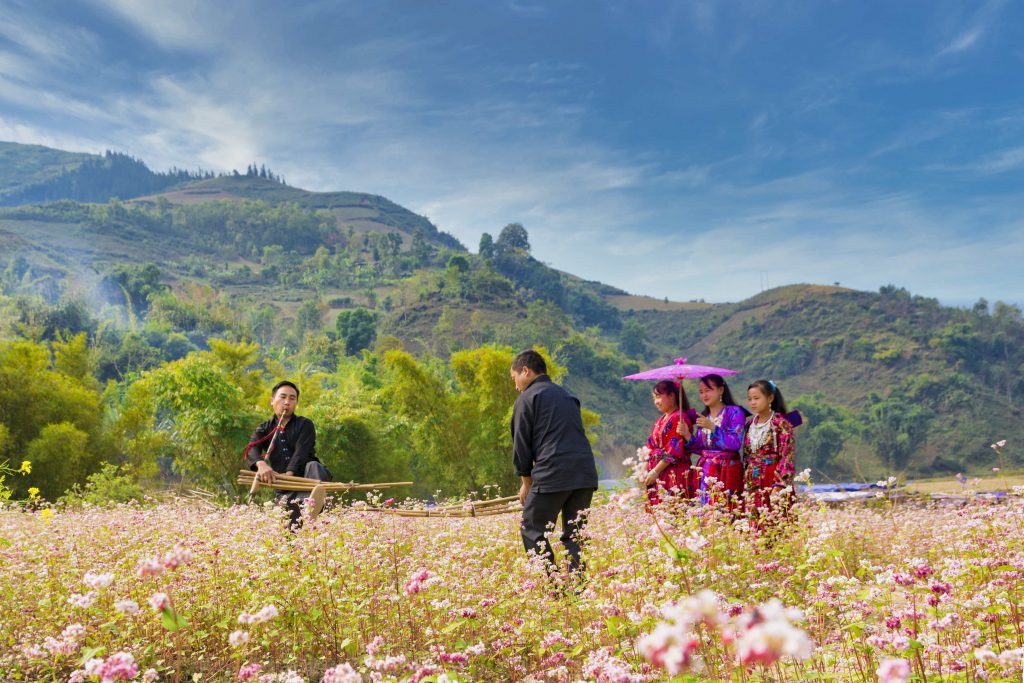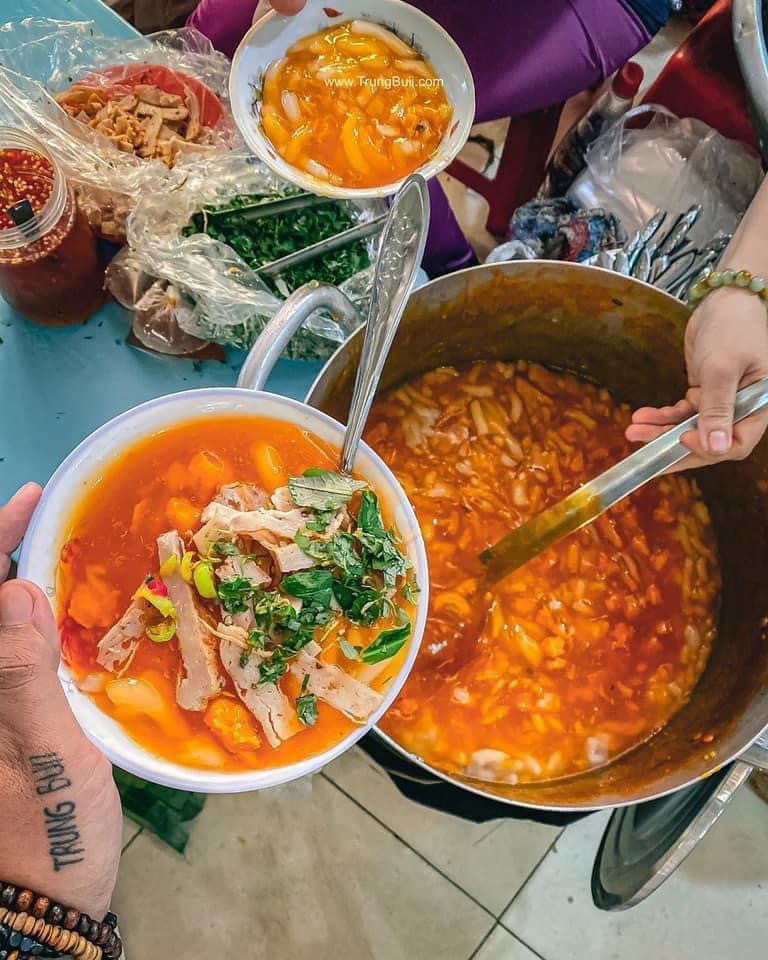No products in the cart.
With three-quarters of its area covered in steep hills, Tua Chua is likened to a sleeping beauty in the mountains of Northwestern Vietnam. A difficult three-hour drive from Dien Bien town, Tua Chua offers pristine scenery, a fresh climate, and sincere people.
Among the 19 ethnic groups residing in Dien Bien province, people of seven different ethnicities live in Tua Chua, which is home to the largest Mong population in the province with Mong Xanh, Mong Do and Mong Trang people.

Bordering Sin Ho district of Lai Chau province to the north, Tuan Giao district and Muong Cha district of Dien Bien province to the south and west respectively, and Quynh Nhai district of Son La province to the east, Tua Chua stands out as a place where many cultural identities remain pure and authentic. One can witness the local culture in Tua Chua’s markets. Some 15km from Tua Chua town, the Xa Nhe Market is held every six days on Rooster Day and Cat Day of the Chinese zodiac calendar. This market draws Mong, Dao, Thai, and Xa Phang people from neighboring communes like Xa Nhe, Muong Dun, Tua Thang, and Muong Bang, who come to gather and exchange agricultural products, tools, traditional clothing, etc.
Meanwhile, the market in Ta Sin Thang commune is one of the oldest in the region, held every six days on Horse Day and Rat Day, 42km from Tua Chua town amidst the misty mountains. This market draws people who are dating and searching for life partners. During the day, everyone seems relaxed amidst the khene music, folk songs, and aroma of Mong Pe corn wine. On weekend nights, the Tua Chua Night Market draws local vendors selling products like wood ear mushrooms, fragrant mushrooms, honey, rose apples, dried bamboo shoots, herbs, and rustic dishes. Lively folk performances by locals add to the atmosphere and create a warm, friendly vibe that welcomes visitors to Tua Chua.

Known for its cultural tourism and scenic spots, Tua Chua also offers terraced rice fields and unique caves. The rice ripens here in September-October annually. The terraced fields are layered, tiered, and shaped like a maze in some places, while thatched houses dot the hills, linked by small, winding paths. Scenes of ripe golden rice fields are iconic in the Northwest region and support the livelihoods of local ethnic minority communities. Compared to familiar names like Mu Cang Chai (Yen Bai) or Hoang Su Phi (Ha Giang), Tua Chua is equally impressive. The beautiful and fertile rice fields of Chieu Tinh, Hang La, Hang Khua and Rua Hill nestle in the heart of a vast valley that spans the three communes of Sinh Phinh, Ta Phin, and Trung Thu.
The hands of Dien Bien’s people have sculpted beautiful rice terraces, while nature has bestowed wondrous caves deemed national scenic spots onto this region such as Kho Chua La Cave, Xa Nhe Cave in Muong Dung commune,
Pe Rang Ky Cave which has three chambers nestled in a primeval forest in the limestone mountains of Huoi So commune. It houses diverse stalactites and stalagmites that glisten like sculptures in an art museum.

Among the landmarks that bear the cultural characteristics of Dien Bien province in particular and the entire Northwest region in general, one cannot fail to mention Vang Long Citadel, located on the Ta Phin stone plateau. With a history of more than three centuries, this is an ancient heritage of the Mong people, with artistic architecture of great historic and cultural value. In the Mong language, “Vang” means “king” and “Long” means “circle”, so Vang Long translates as “the king’s citadel”. Built in a closed circular shape with a total circumference of about 440m, the citadel had two gate that have since been destroyed. The main gate to the north faced the T-junction of Ta Phin commune, while the secondary gate to the east lay adjacent to the road to Huoi So commune. The citadel was built entirely of shale chiseled by hand and assembled without the use of any adhesive materials. It was built in the “thượng thu hạ thách” style, with the distance between two columns smaller at the top than at the bottom, like spreading legs. With a flat top, the citadel has an average width of around one meter and an average height of around two meters, allowing people and horses to walk upon it. # Dien Bien province
Built to serve a protective function, it gently curves to follow the natural terrain, which adds to its beauty. Along with the endless “cat-ear rock fields” that stretch over 7 in 12 commune, the ancient Vang Long Citadel forms a man-made accent that blends into the multi-layered natural beauty of the “stone forest”, truly transforming Tua Chua into a beautiful “miniature Dong Van stone plateau in Ha Giang province” in the heart of Dien Bien.
And just like that, hidden in the early morning mist of the highlands, over a cup of snow Shan tea leaves picked from ancient trees, the story of Tua Chua is always fresh and enticing. Imbued with the quintessence of the Northwest ò Dien Bien province, this mountainous region draws travelers from afar.
Source : HERITAGE VIETNAM AIRLINES Story: Ngo Quang Minh – Photos: Hoang Hai Giang







